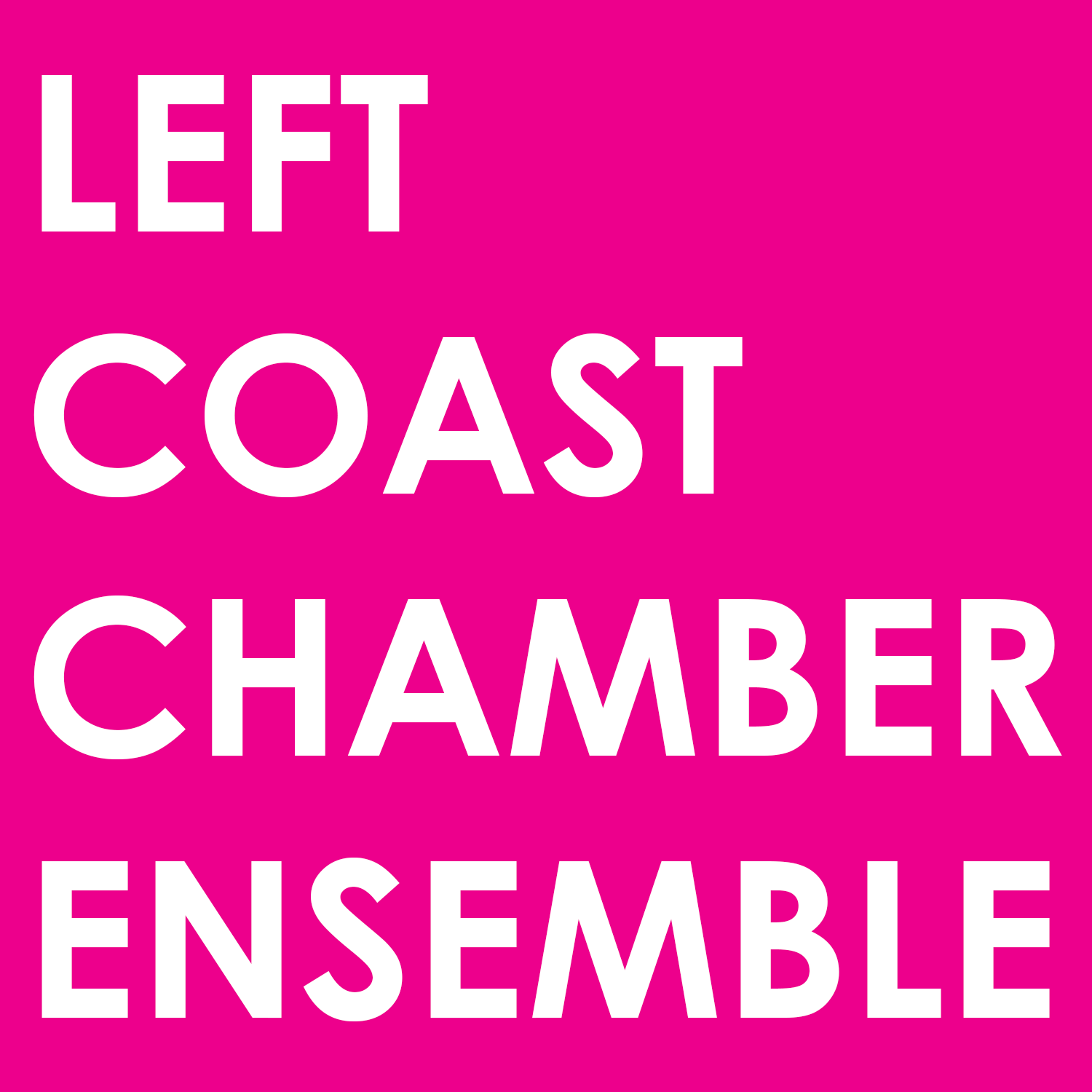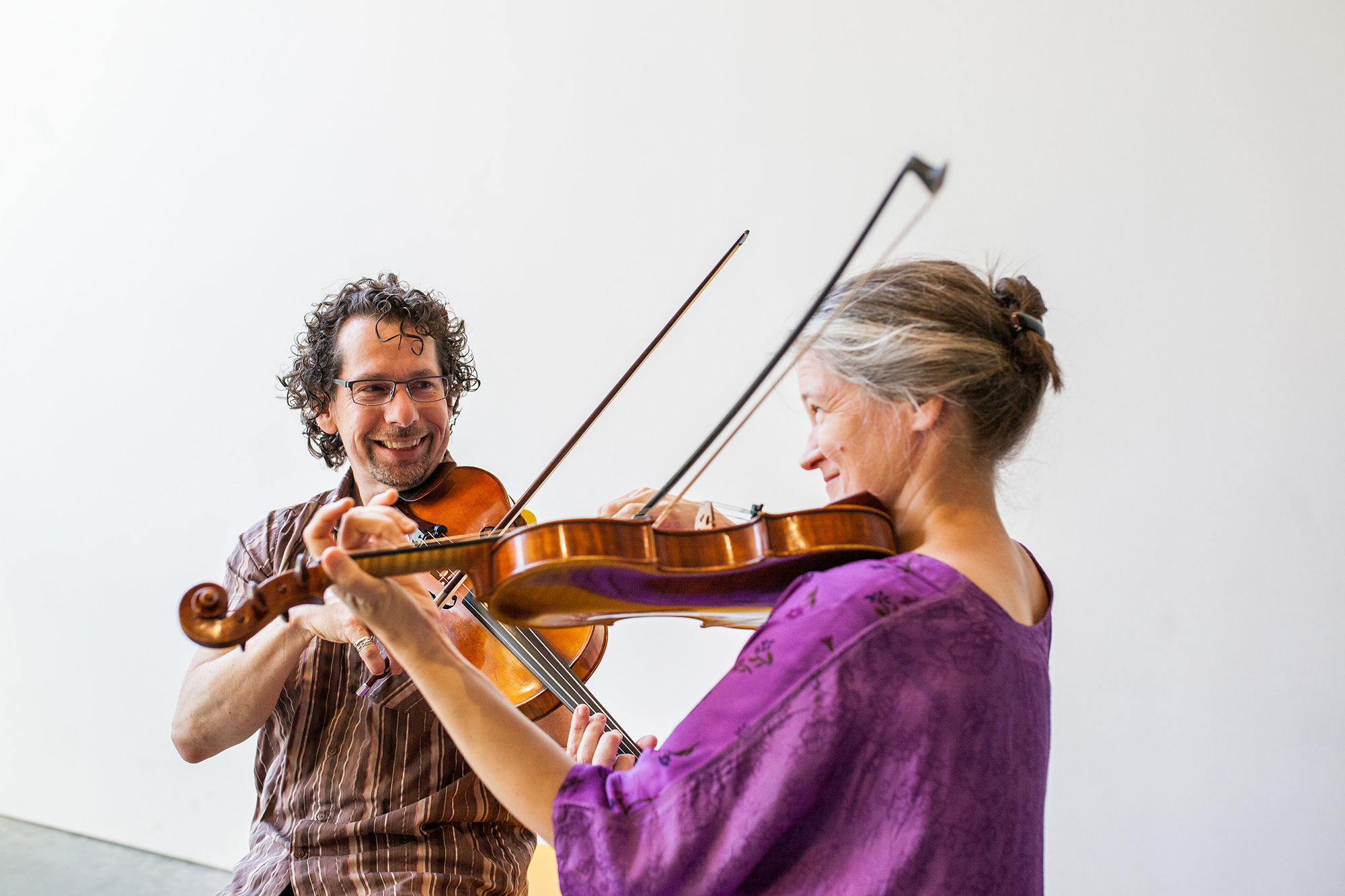Bay Area Spotlight: Kurt's Farewell Tour Part 2
Rebecca Clarke Sonata for Viola and Piano
*Tina Tallon excision no. 2: they didn’t know we were seeds for Viola and Live Electronics WORLD PREMIERE
Elainie Lillios Liquid | Crystal | Vapor for Viola and Live, Interactive Electronics WORLD PREMIERE
Peter Van Zandt Lane Décalcomanie 2 for Viola and Electronics WORLD PREMIERE
David Conte Sonata for Clarinet and Piano
The rich middle voices of Jerome Simas' clarinet and Kurt Rohde's viola shine in works by David Conte, Tina Tallon, Ellainie Lillios, and Peter Van Zandt Lane. Rebecca Clarke's luminous masterpiece, the Viola Sonata from 1919, completes the program.
Doors open a half hour before concerts. Open seating.
BERKELEY
Berkeley Hillside Club
2286 Cedar St, Berkeley [directions]
Sunday, March 3, 2019, 7:30 PM
SAN FRANCISCO
SF Conservatory of Music, Recital Hall
50 Oak Street, San Francisco [directions]
Monday, March 4, 2019, 7:30 PM
Jerome Simas. Image credit: Vivian Sachs
*Tina Tallon's new work is Commissioned by the Barlow Endowment for Music Composition at Brigham Young University.
Artists
Kurt Rohde, viola
Jerome Simas, clarinet
Eric Zivian, piano
Exploring Rebecca Clarke’s Viola Sonata of 1919
Rebecca Clarke
Towards the end of her life, composer and violist Rebecca Clarke wrote “I take this opportunity to emphasize that I do indeed exist…and that my Viola Sonata is my own unaided work!” Both this statement and the work itself serve as a remarkable artifact of the life and work of this significant creative artist. Clarke's Viola Sonata was for many years ignored for reasons that are both complicated and ridiculous at the same time. Its re-emergence in the late 1980s and evolution in becoming one of the great works in the sonata repertoire demonstrate that in fact a truly remarkable piece of art, if intact and found and brought out from the shadows, can have an enduring presence in and impact on the repertoire. This three movement work is on its surface cast in a conventional sonata format, familiar in scope and sound. However, inside of this instrumental convention, Clarke manages to reformulate and reimagine previously unexplored approaches to what it means to create a sonata, let alone one for the viola. The result is a stunning work, teeming with vitality, innovative and gripping approaches to drama, and a sweeping affect that captures the listener from the opening notes up through to the rapturous conclusion. It is undeniable that Clarke existed, and that the voice she sung in through this work continues to sing to this day through her often performed music.
-Kurt Rohde



